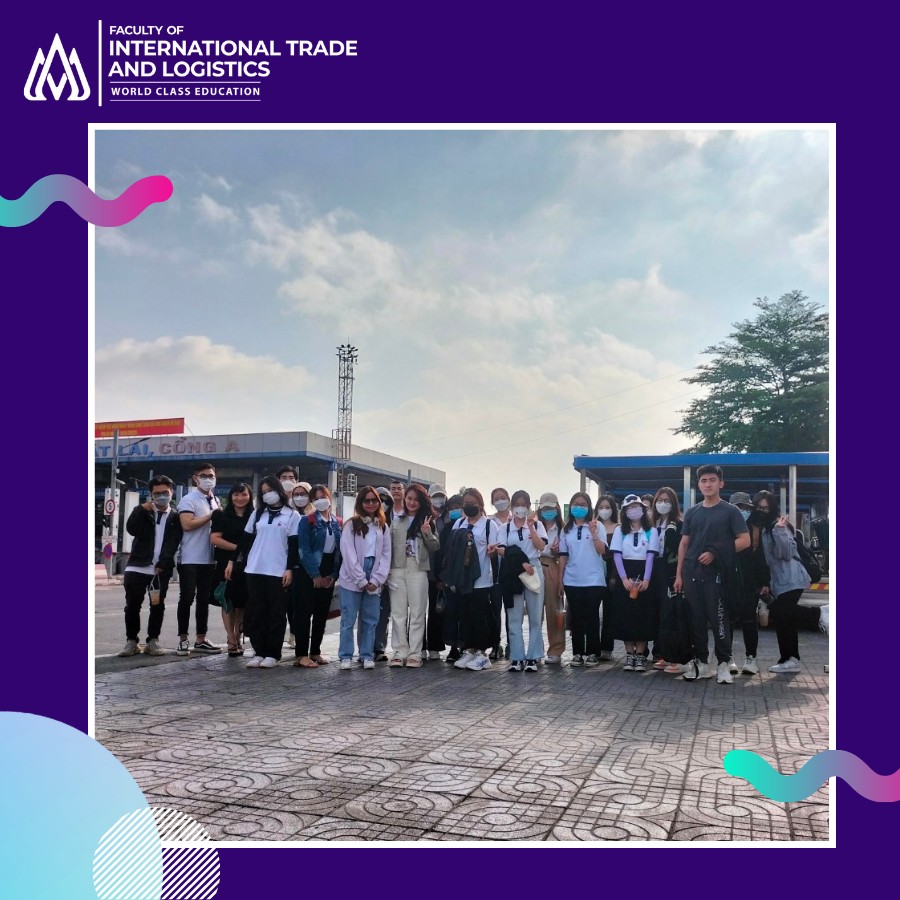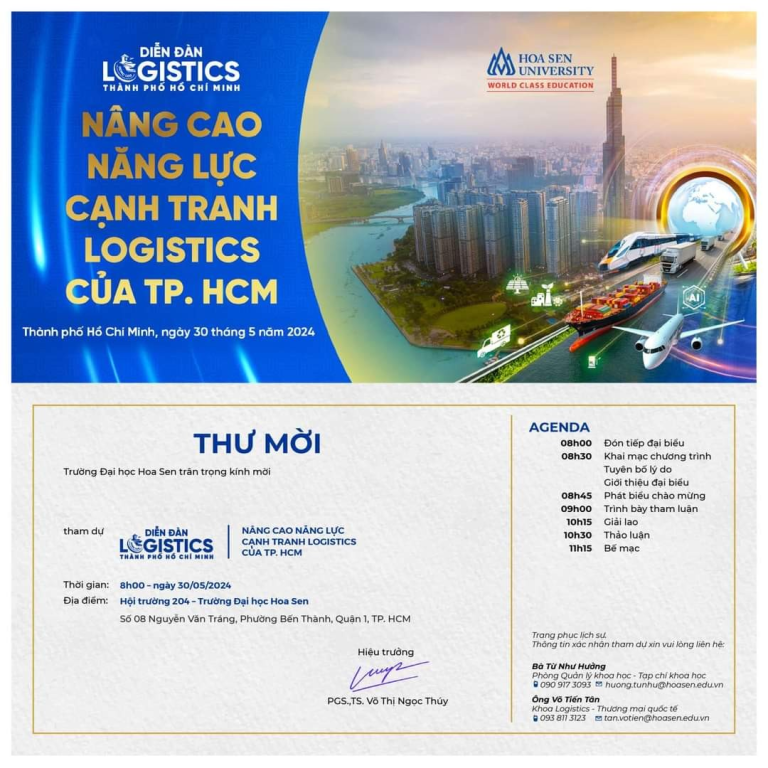The development of e-commerce and air transport

Air freight is increasingly driven by the rise of e-commerce from both business-to-business (B2B) and business-to-consumer (B2C) platforms. This comes from the convenience and speed that e-commerce offers compared to traditional methods such as shipping packages by hand.
Additionally, e-commerce has made it possible for customers to purchase items from a variety of suppliers, making it easier for them to find what they are looking for. This trend will likely continue to grow in popularity over the next few years as more and more people become familiar with the benefits that e-commerce offers. And this has made air cargo an important delivery method for many businesses, especially those operating in the field of e-commerce.
The impact of e-commerce on air cargo operations
The main driver of growth between e-commerce and air freight comes from the growing popularity of online shopping and the falling cost of shipping goods online. Additionally, e-commerce is becoming more integrated into traditional retail channels, with major retailers like Amazon and Walmart increasingly selling air-shipped products directly to consumers. This integration makes it easier for customers to purchase air freight products and receive them faster than ever.

As the e-commerce sector continues to grow, air cargo operators will need to adapt their operations to keep up with demand. This includes improving technology infrastructure and expanding capacity at airport warehouses so they can handle larger volumes of goods more quickly. Additionally, air cargo operators will need to develop new marketing strategies to attract consumers who are increasingly purchasing air cargo products online.
Air cargo operators are feeling the impact of the rise of the eCommerce market. Airlines are seeing an increase in online bookings and freight volumes, which is driving increased efficiency and cost savings for both airlines and cargo carriers. E-commerce platforms are also changing the way customers buy, often bypassing traditional retail channels. This has led to an increase in demand for air cargo handling capabilities that can meet these new customer demands.

Along with the positive impacts that e-commerce brings to air transport, there are challenges that air transport needs to overcome to take off with the constant speed of e-commerce.
E-commerce logistics challenges
The rise of e-commerce has revolutionized the way consumers purchase goods and services. As a result, many air freight companies are struggling to keep up with the growing demand for online shopping. Some logistical challenges include:
Increasing demand for faster delivery times: With more consumers shopping online, there is a growing demand for goods that can be delivered quickly. This puts pressure on air freight companies to improve delivery times, which can be difficult due to current infrastructure limitations.
Security concerns increase: With so much personal information shared online, businesses must take measures to ensure that their products and data are safe from theft or cyber attack. This includes using secure transport methods and ensuring that data is properly encrypted during transport.

The challenge of cross-border shipping: Many e-commerce businesses rely on cross-border shipping to get their products to customers around the world. However, this can be a challenge due to different customs regulations and limited shipping capabilities. Therefore, it’s important for sellers to have a clear understanding of their international shipping requirements before launching their online store.
One of the biggest challenges is lack of space. Airlines are already struggling to meet demand, and adding more packages and cargo to planes will only make things worse. This means e-commerce companies must find ways to ship their products without taking up too much space on planes or in warehouses.
In short
The above e-commerce logistics challenges need to be considered when planning for the future of air cargo. Issues with e-commerce fulfillment, such as increased congestion at distribution centers and delays in deliveries, can have a negative impact on brand image and customer satisfaction. client. However despite these challenges, e-commerce is growing rapidly and is expected to continue to do so for years to come. This means that companies that are able to successfully address these logistics challenges will be well positioned for future success.


















